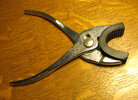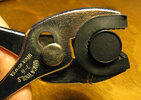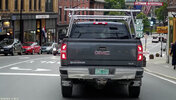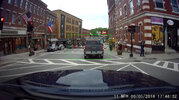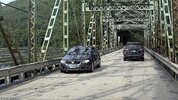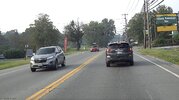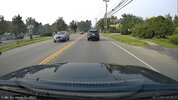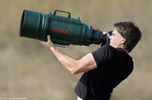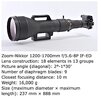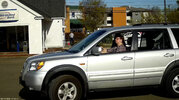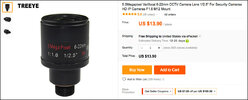The Sigma 200-500mm f/2.8 APO EX DG Ultra-Telephoto Zoom Lens actually comes with an attachment that boosts the focal length to 1000mm and it is indeed primarily a lens used by professional wildlife photographers and photojournalists.
Perhaps the most commonly used long range super zoom lens used professionally is the Nikkor 1200-1700mm f/5.6-8P IF-ED which derives its superior low light performs partly from its large front lens element along with the use of ED glass and superior lens coatings. It has also a variable diaphragm. The lens was introduced in 1990 at a base price of $60,000 and a full price of $75,000 for the complete system. Today $75,000 would be $176,181.71. Canon offers a competitive lens.
View attachment 67441
What is your point even bringing up such lenses in relation to dash cams? It's a red herring.
Those of us who have been using of zoom lenses on dash cams for the last six years have demonstrated countless times that zoom lenses perform more than adequately for the task without excessive motion blur. In fact, they often offer far sharper images with less motion blur than wide angle lenses because they capture approaching vehicles at a distance at high magnification where motion is less of an issue.
For some peculiar reason you have been attacking the use of telephoto dash cam lenses for one reason or another for years despite the fact that you have no personal hands-on experience with them. Previously, you claimed that using a 4K camera negated the need for a telephoto lens because you have more resolution to work with but anyone who has experience with telephoto or zoom lenses knows this to be completely untrue. You can achieve results you could never achieve by cropping a larger image.
And another thing you fail to understand is that the whole concept of using telephoto lenses on a dash camera is that they work in concert with the standard wide angle lens to tell the story. When one lens doesn't capture what is happening the other usually does. In actual practice, the telephoto lens captures the important details of the approaching vehicle and the wide angle lens captures the rest of the action.
